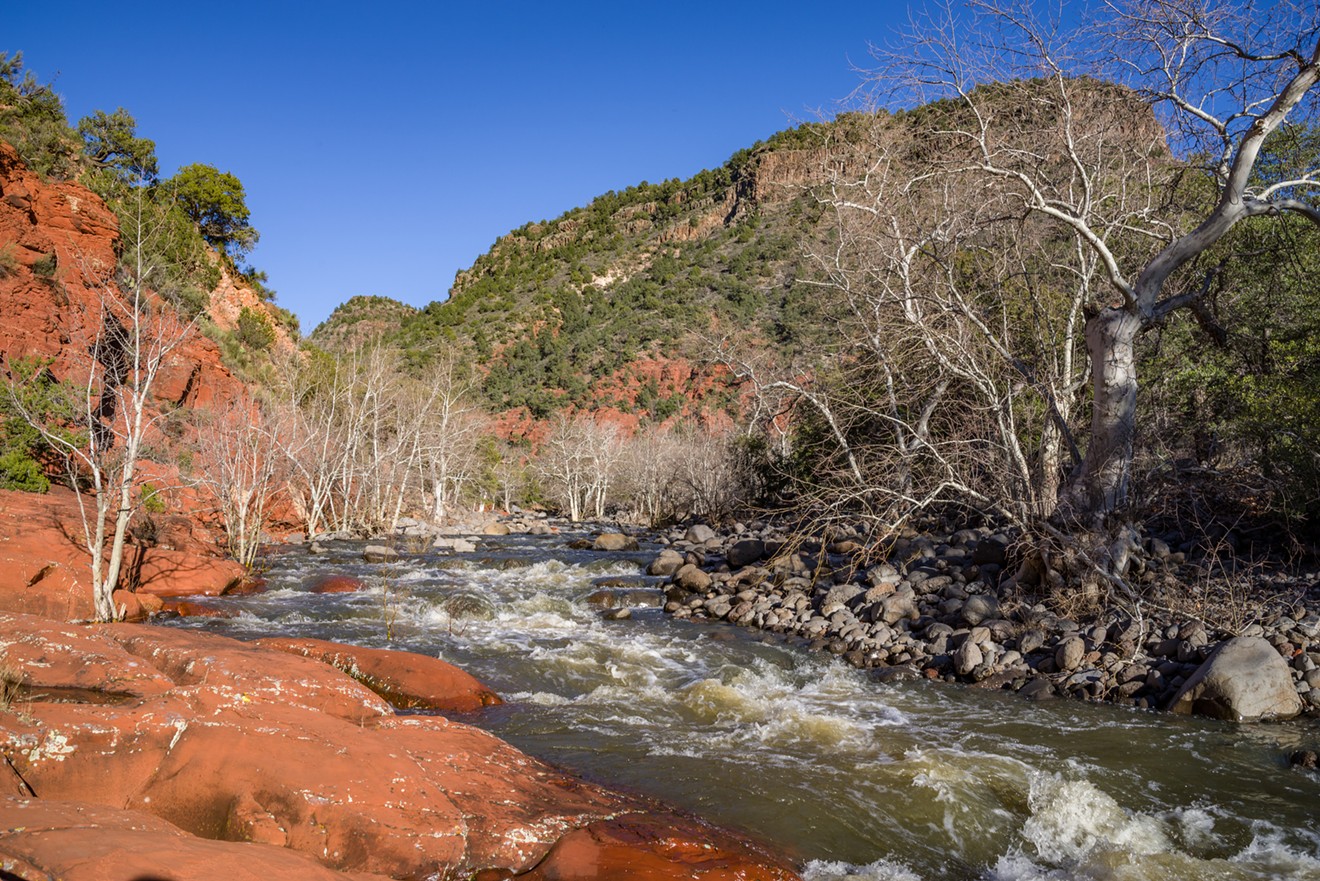The Environmental Protection Agency proposed on Tuesday to roll back a major federal rule that, if finalized, would scrap protections against pollution and development for up to some 120,000 miles of streams in Arizona. As many as 3.2 million Arizonans rely on those streams for drinking water, one environmental group estimates.
The loss of these federal protections could be worse in Arizona than in any other state. At stake are not just streams but also Arizona’s wetlands, which are vital habitats for wildlife in this desert land.
“It’s massive for Arizona,” Brett Hartl, government affairs director at the Center for Biological Diversity, said of the proposal. “It’s going to be one of the states that loses the most.”
The rule that the Trump administration wants to sharply curtail is an Obama-era clarification over which waterways fall under the jurisdiction of the 1972 Clean Water Act. That rule, known as the Waters of the United States rule, protected certain ditches, lakes, streams, wetlands and other smaller bodies of water.

These are the waters and wetlands that would lose federal protections under the Trump administration's proposal.
The proportion of waters that were protected by the Obama-era rule is noticeably lower in other states. EPA data have shown that in Florida, it's 29 percent; in California, 66 percent; and in New York, 55 percent, according to Bart Johnsen-Harris, a water advocate for Environment America, a group of environmental advocacy organizations.
These streams might be small, but they are important. They “feed into the more major bodies of water, including the Gila [River] and Santa Cruz [River],” Johnsen-Harris added.
Now, many of those streams could lose federal protections if the Trump administration's proposal is finalized. After that, industries and developers would be free to dump pollutants into those waterways, or fill in wetlands, environmentalists say.
“Essentially, pollution becomes legal unless the state chooses to step in,” Johnsen-Harris said.
In this case, “the state” would mean the Arizona Department of Environmental Quality, which likes to advertise that it has sped up the permitting process for businesses and reduced “burdensome” laws and regulations.
In fact, it says it has done away with 48 of them — more so than any other state agency.
Environmentalists are skeptical that business and development-friendly Arizona would fill the shoes of the feds, especially if doing so would require cracking down on developers or other industries.
“Will the state step up? It’s still a Republican governor, it’s still a Republican legislature,” Hartl said. “It would be very easy for Arizona, or the Department of Environmental Quality, to simply look the other way if there’s a very powerful developer that wants to put in another development.”
He added, “The reason we have a federal Clean Water Act is almost explicitly because the states are so inadequate to the task of protecting clean water.”
Erin Jordan, a spokesperson for the Arizona Department of Environmental Quality, said the department had not yet fully reviewed the 253-page regulation released earlier that day.
“In the coming weeks, ADEQ will review the proposed changes in detail to ensure we fully understand how they could impact Arizona waterways,” she said.
Sandy Bahr, director of the Grand Canyon chapter of the Sierra Club, said that Arizona lacked the expertise and resources to protect water the way the federal government does. “Our state laws do not come close to the Clean Water Act,” she said.
The rolled-back rules would hurt wildlife and weaken protections for their habitat, Bahr said.
Among them are listed species like the Gila chub, the Southwestern willow flycatcher, and the Little Colorado spinedace, according to the Center for Biological Diversity.
These proposed rollbacks are largely viewed as a potential gift to developers and industry, which criticized the Obama-era rule as federal overreach. Now, if the proposal is finalized after going through a 60-day comment period, these sectors will be free to dump and pave.
The Homebuilders Association of Central Arizona did not respond to a request for comment. Nor did the Arizona Mining Association.












